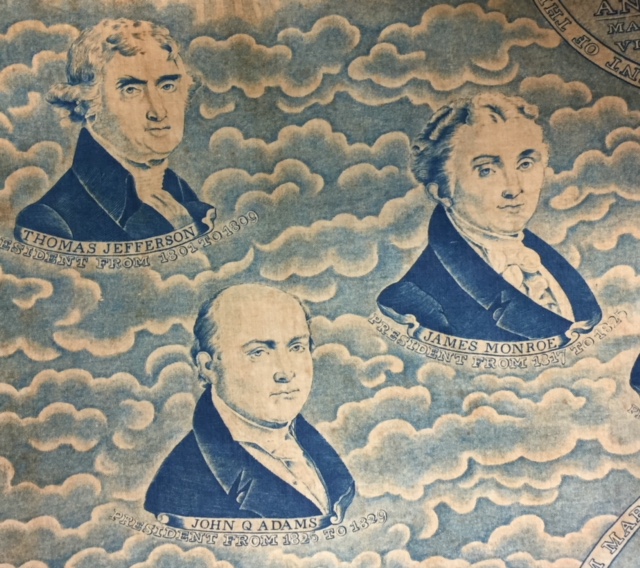Event Title
Start Date
25-4-2018 4:00 PM
Description
Sumptuary laws were used in England from the twelfth to the eighteenth century. These laws served two main purposes: to restrain extravagance and luxury and to balance trade by limiting the import of goods. When it comes to clothing, these laws generally state what is not allowed to be worn and then give the exceptions for who is allowed to wear it. In regards to clothing, these laws are generally about the types, colors, and amount of fabric as well as the different embellishments that were not allowed to be worn by certain social classes. These laws were generally enforced by the clergy and state-appointed agents called “justices of the peace.” Common punishments for breaking a sumptuary law were the confiscation of the article of clothing and a fine.
Sumptuary Laws in Early Modern England
Sumptuary laws were used in England from the twelfth to the eighteenth century. These laws served two main purposes: to restrain extravagance and luxury and to balance trade by limiting the import of goods. When it comes to clothing, these laws generally state what is not allowed to be worn and then give the exceptions for who is allowed to wear it. In regards to clothing, these laws are generally about the types, colors, and amount of fabric as well as the different embellishments that were not allowed to be worn by certain social classes. These laws were generally enforced by the clergy and state-appointed agents called “justices of the peace.” Common punishments for breaking a sumptuary law were the confiscation of the article of clothing and a fine.


Comments
Summary by Brynne Sawyer